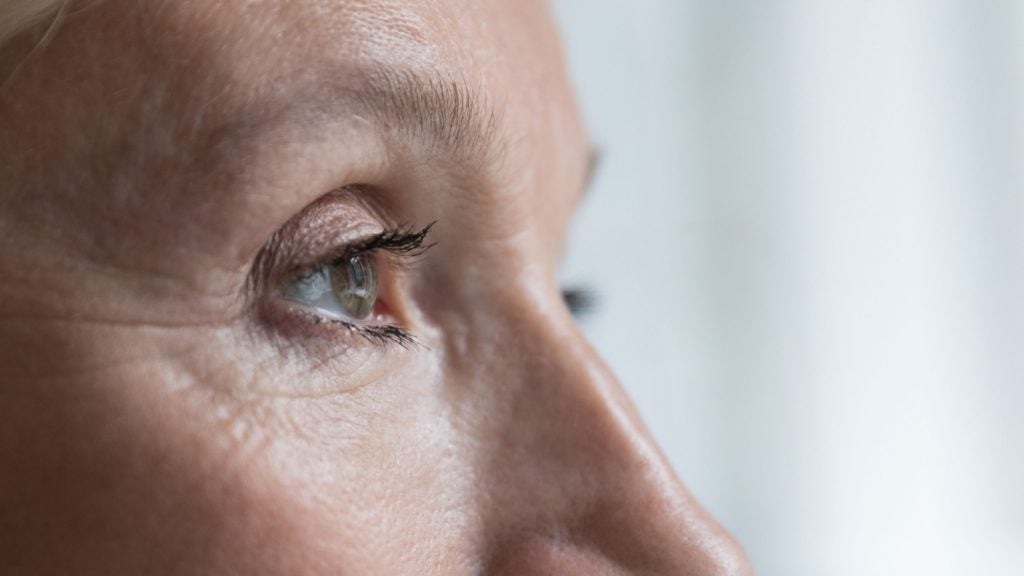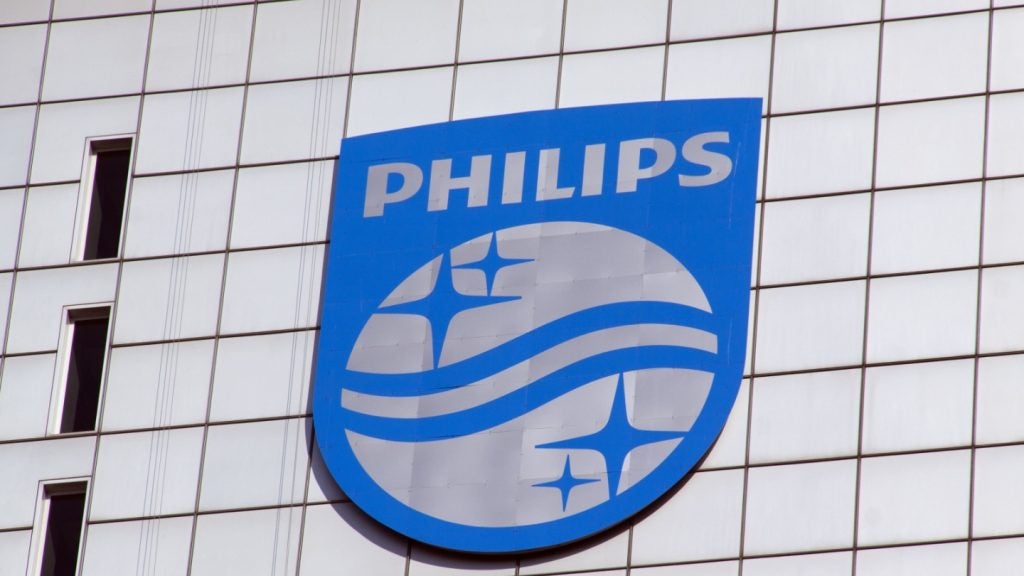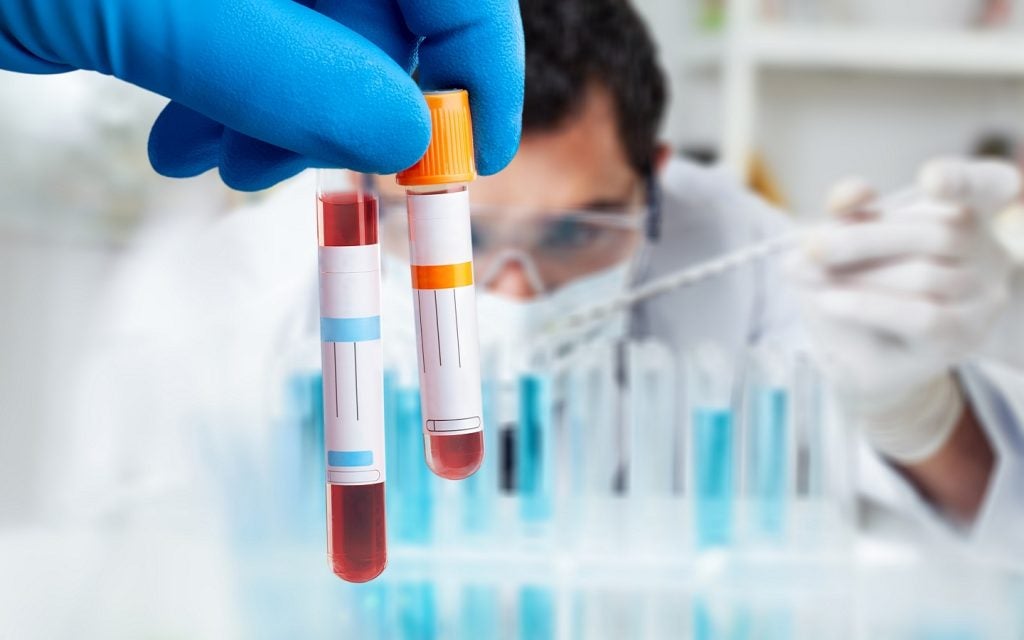Tracey Technologies has gained a CE mark for its vision diagnostic under the European Union’s Medical Device Regulation (EU MDR).
The US-based manufacturer’s iTrace is used to determine where the symptoms of visual complaints, such as blurred vision, double vision, or myopia, originate from within the eye’s anatomy.
Using ray tracing, an imaging technology that simulates how light behaves in the real world, the device performs wavefront aberrometry and corneal topography, mapping the eye’s anatomy to identify whether the symptoms a patient is experiencing are due to an issue with the eye’s cornea or lens.
According to Tracey, the ability to differentiate between corneal and internal aberrations can be used to improve accuracy in pre-surgical planning, post-surgical lens adjustments, and customising overall patient treatment strategies.
Tracey Technologies' sales and marketing executive vice president Ray Sievert commented: “The iTrace moved from a Class I measuring device to a Class IIa classification during this process, demonstrating our ability to meet higher regulatory standards and reflecting the robustness of our quality management systems.”
Sievert added that he viewed the MDR certification as a testament to the faith cataract surgeons have in the company’s technology.
GlobalData analysis indicates that the global ophthalmic devices market was valued at around $7.76bn in 2023. Growing at a CAGR of 2.50%, it is forecast to reach a valuation of almost $10bn by 2033.
Elsewhere in the field, a University of Edinburgh-led team shared insight last month into their plans to develop an AI-based software for use in standard High Street opticians to help optometrists identify individuals at risk of developing dementia.
Last year, deeptech company Eyebot secured $6m to roll out its self-serve terminals across sites in the US that give users accurate eye prescriptions within 90 seconds in a system claimed to be the world’s first push-button vision testing technology.
















